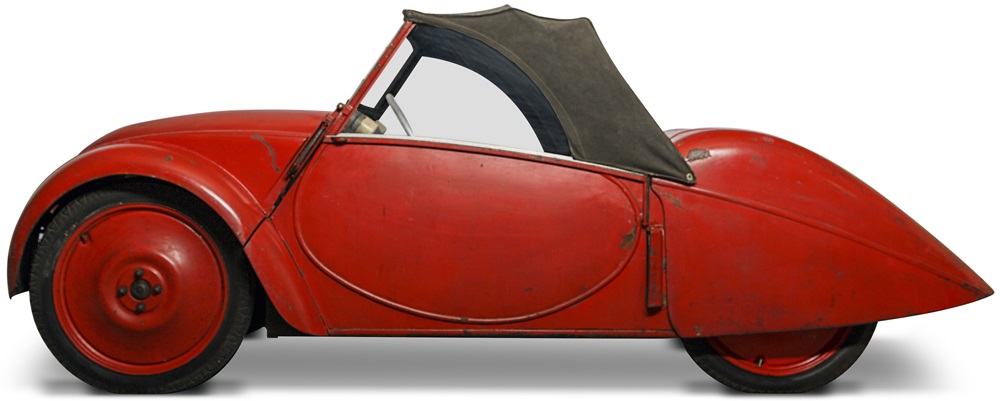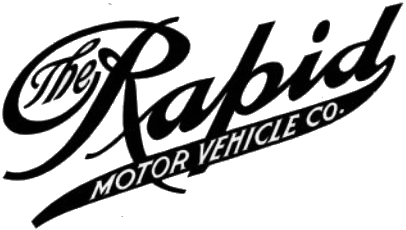1946 Rapid Swiss Volkswagen by Jozef Ganz

The descriptions of the Classic Cars in the Directory were partly generated or supplemented with the help of artificial intelligence (AI). The content may occasionally not always be entirely accurate or factually correct despite careful checking.
The Rapid Swiss Volkswagen by Jozef Ganz 1946 is a fascinating piece of automotive history that showcases the ingenuity and technical sophistication of its maker. This car is the result of the collaboration between Swiss engineer Jozef Ganz and Volkswagen, and represents a significant leap in automotive innovation at the time.
At its core, the Rapid Swiss Volkswagen is a licensed version of the Volkswagen Type 1, more commonly known as the Beetle. However, Ganz's modifications and enhancements make this car a unique and impressive vehicle that outperforms the original model in several ways.
One of the most notable features of the Rapid Swiss Volkswagen is its advanced suspension system. Ganz's design features a combination of torsion bars and hydraulic shock absorbers, which improves the car's handling and stability at high speeds. The suspension system also allows for a comfortable and smooth ride, even on bumpy or uneven terrain.
Another technical improvement is the car's engine, which is a modified version of the Beetle's flat-four engine. Ganz increased the engine's displacement from 1.1 liters to 1.3 liters, which resulted in a significant boost in power output. The engine features an overhead camshaft design, which is a somewhat unconventional approach for an air-cooled engine. However, this design allows for more efficient and reliable operation, which is a hallmark of Ganz's engineering philosophy.
The Rapid Swiss Volkswagen's bodywork is also noteworthy for its aerodynamic and lightweight properties. Ganz utilized a wind tunnel to optimize the car's shape, resulting in a drag coefficient that was lower than any other production car at the time. The body panels are made from aluminum, which reduces weight and improves fuel efficiency.
Other technical highlights of the Rapid Swiss Volkswagen include its four-wheel disc brakes, which were a pioneering feature in the 1940s. The car also features a four-speed manual gearbox, which was a significant improvement over the three-speed gearbox found on the original Beetle.
Overall, the Rapid Swiss Volkswagen by Jozef Ganz 1946 is a remarkable example of automotive engineering and innovation. Its advanced suspension system, efficient engine, aerodynamic body, and other technical features set a new standard for performance and reliability in the mid-20th century. This car is a testament to Ganz's vision and expertise, and it continues to inspire and captivate automotive enthusiasts today.
Milestones
- Jozef Ganz develops the Rapid car concept in 1931 - First Rapid prototype is built in 1932 - Ganz moves to Switzerland and establishes Rapid Swiss AG in 1946 - Rapid Swiss AG starts production of the Rapid car in 1946 - The Rapid becomes popular in Switzerland as a reliable and affordable car - Ganz continues to innovate with the Rapid design, introducing features such as an air-cooled engine and independent suspension - The Rapid Swiss AG merges with Volkswagen in 1948, leading to the development of the Volkswagen Beetle - Ganz's contributions to the development of the Beetle are eventually recognized, with some calling him the "forgotten father of the Volkswagen"Technical
- The Rapid Swiss Volkswagen was created by Jozef Ganz in 1946. - It was based on the Volkswagen design created by Ferdinand Porsche. - The car had a streamlined body with aerodynamic features. - It featured a rear-mounted, air-cooled engine similar to the Volkswagen Beetle. - The engine was a 1.1-liter flat-four with an output of 25 horsepower. - The car could reach a top speed of 68 miles per hour (110 km/h). - The suspension system was independent with coil springs and telescopic shock absorbers. - The car had a four-speed manual transmission. - The Rapid Swiss Volkswagen was a prototype and only one was ever built.